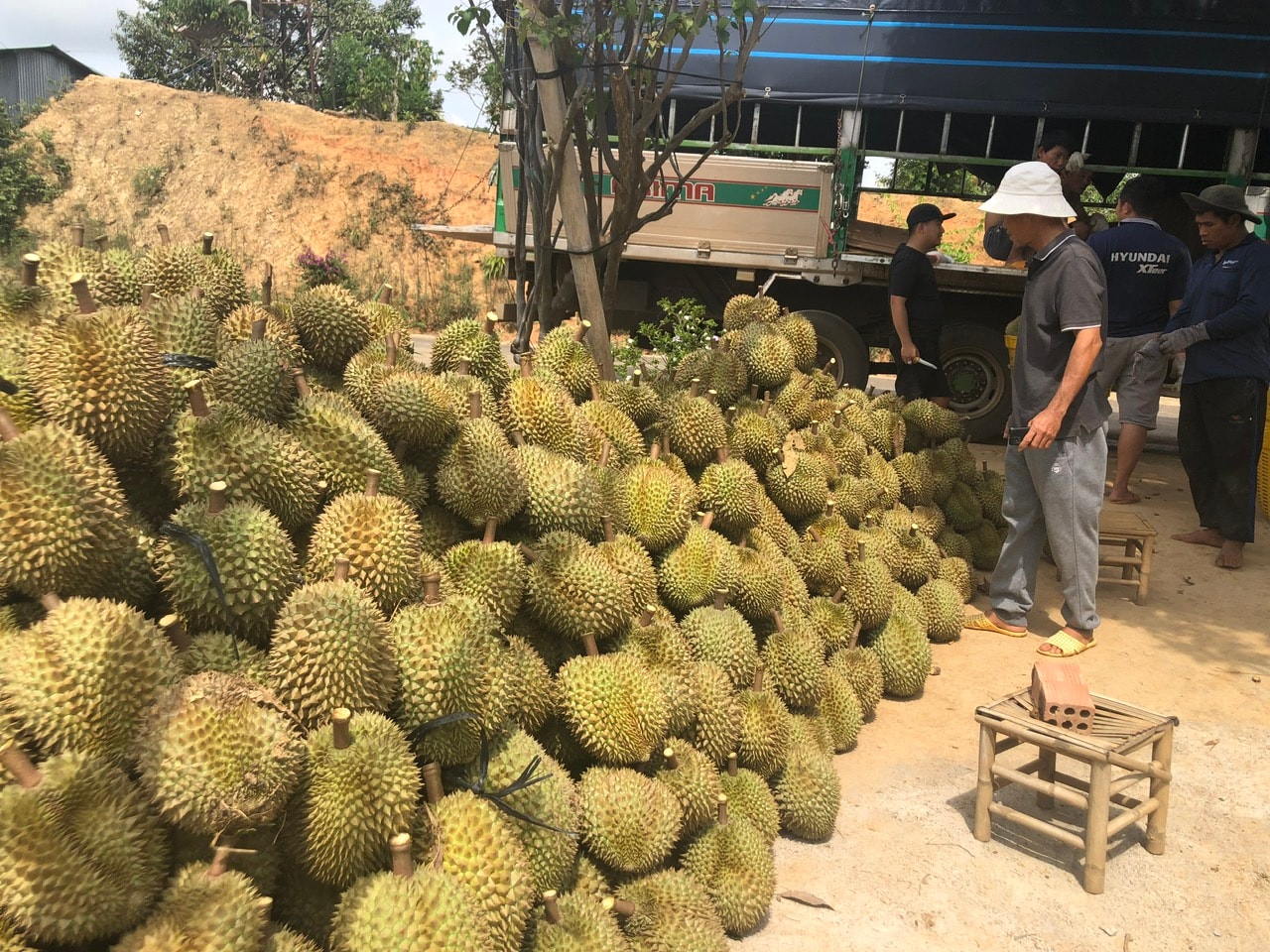
Ms. Ka Thip - former Vice President of the Farmers' Association of Ba Gia Commune, now Da Huoai 3 Commune, is the daughter of a long-standing family living on the land along the Da Si Stream. She said that since her grandparents' time, when mentioning the name Cui Hamlet, people were very afraid. Because it was a small forest, surrounded by streams, with no roads, deep in the bushes were only dilapidated huts. Previously, Cui Hamlet was where lepers from surrounding villages and hamlets were forced by the community to live in a separate area, not allowed to live with the villagers, for fear of spreading the disease. Ms. Ka Thip said that at that time, leprosy made people very afraid. And sick people were shunned by the whole community, not allowed to live in the same village or hamlet.
Teacher Tran Thi Minh, who participated in literacy classes nearly 40 years ago, recalled that she went to teach in the village, teaching many literacy classes for the local people. But at that time, the Leper Hamlet was still isolated because there was no bridge over the stream, the people living in the hamlet only communicated and traded with the outside world through a deep stream. Teacher Minh said that at that time, doctors and nurses from the health sector volunteered to go to the Leper Hamlet to treat the people. Gradually, medicine and medical care brought life back to the Leper Hamlet. "I remember around 1988 and 1990, the Leper Hamlet was almost out of patients. There were no new patients, and the old patients also left," teacher Minh recalled. The patients recovered, gradually moved out of the hamlet, returned to their families or went far away to build a new life. Then the hamlet with that terrible name gradually changed, escaping the dark night. Xom Cui is now a bustling residential area, rich in fruit trees with durian and coffee gardens and the sound of swallows singing.
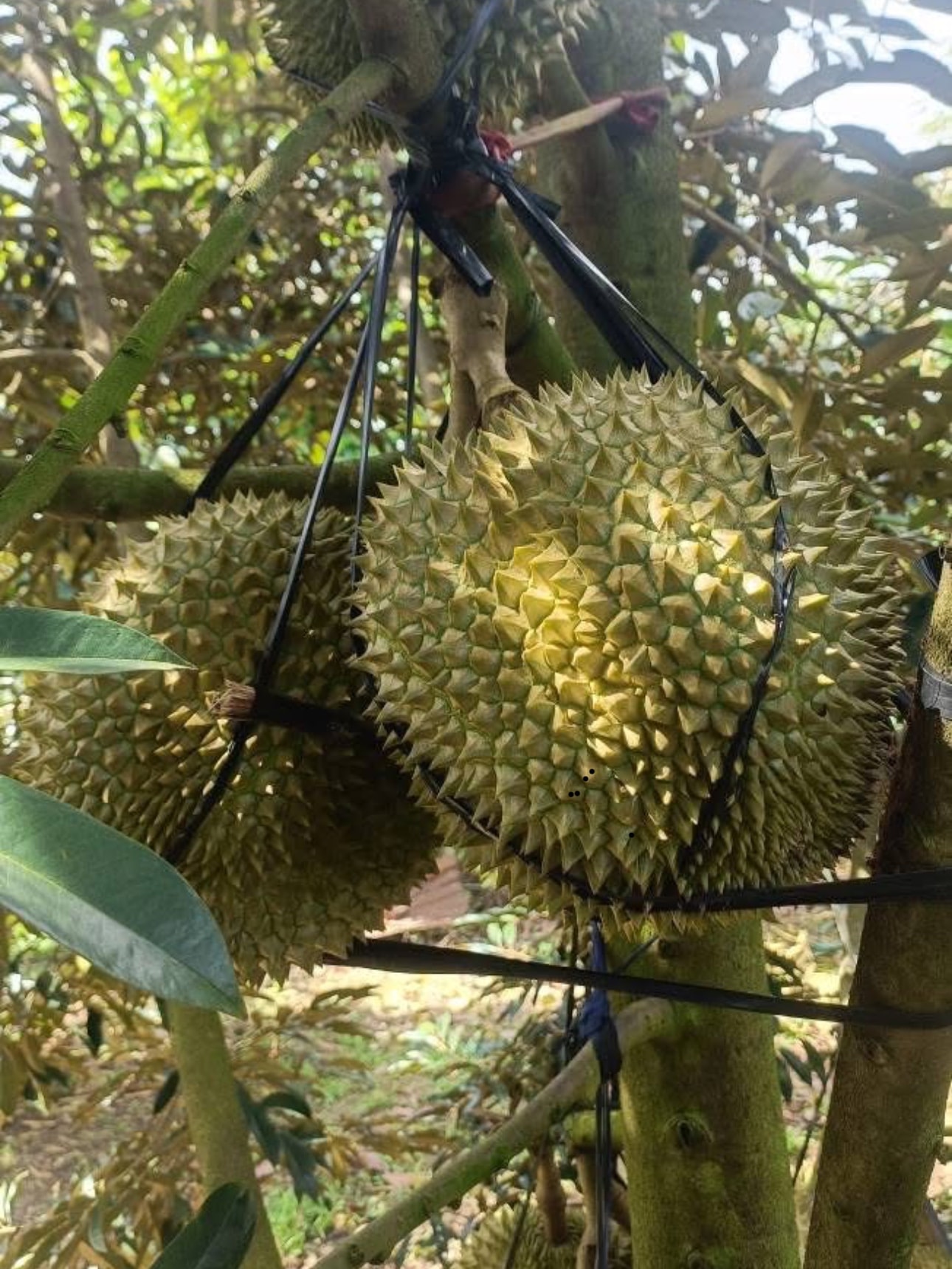
“First, the commune built an iron bridge, connecting the two banks of the stream. People in the hamlet can go out to buy and sell, and outsiders can also visit. That bridge was built more than 20 years ago, so it is very old. In 2020, a larger cement bridge connected Cui hamlet to the main road, making it easier to travel, and cars can also pass. During the harvest season, durian trucks come and go busily,” Ms. Ka Thip informed. With the bridge, the electricity industry erected poles, pulled wires, and brought light into Cui hamlet, so that residents could access the hustle and bustle of life. With electricity, life changed completely with the light. Every night, people brought machines into agricultural production. Life changed completely, and there were no traces of the old Cui hamlet.
Currently, Cui hamlet is a good economic development area of Da Huoai 3 commune. The whole hamlet has 150 hectares of agricultural land, with about 60 - 70 households cultivating. Roads, electricity and irrigation water are all very convenient, Cui hamlet people grow coffee, grow durian, a few households also build houses to raise swiftlets. "The hamlet area is quite quiet, and has cool air because it is located in a stream, so it is suitable for swiftlets, the households raising swiftlets all have stable productivity. Durian is also in the harvest season, it is an area with a stable economy in the commune", Ms. Ka Thip assessed.
Memories of the gloomy oasis have gradually faded into memory, but that place name still remains with the Da Huoai 3 people as a reminder of a difficult time that existed on this land.
Source: https://baolamdong.vn/xom-cui-hoi-sinh-388435.html








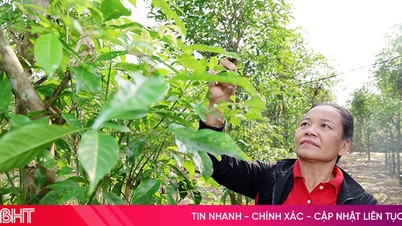

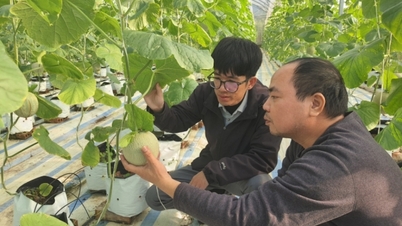




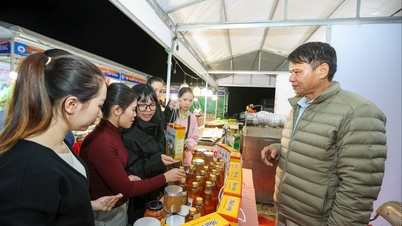



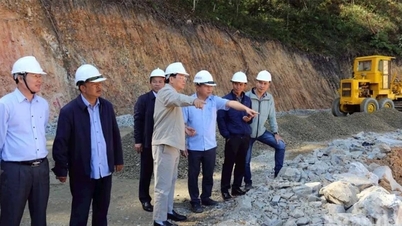



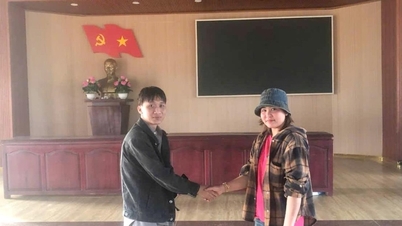

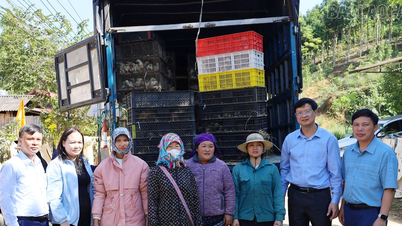




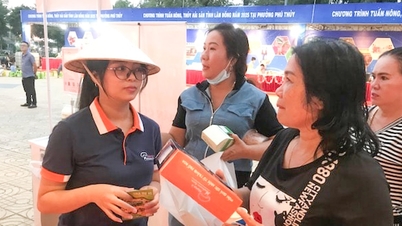

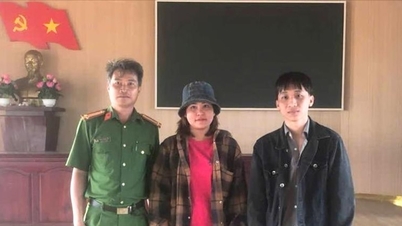
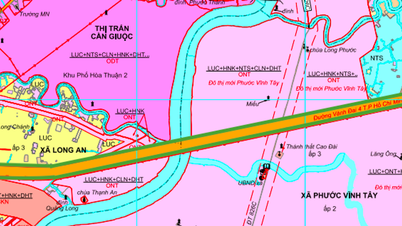
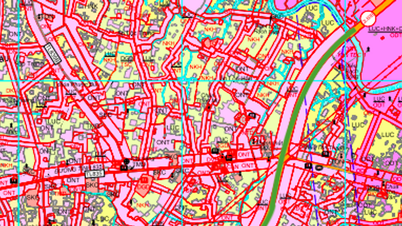
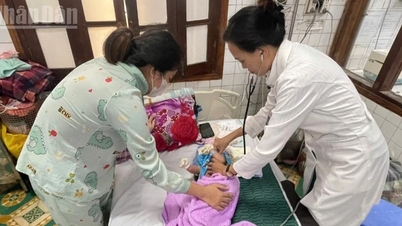






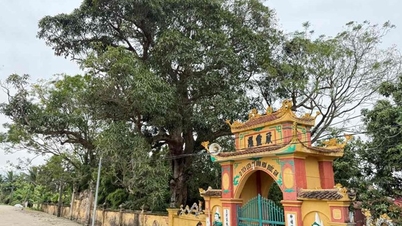

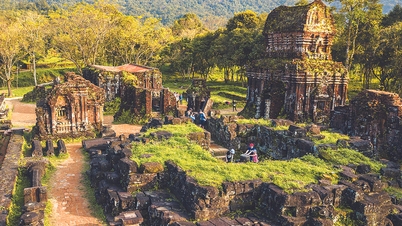


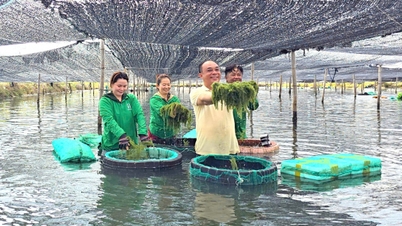












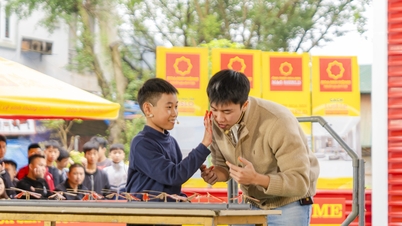



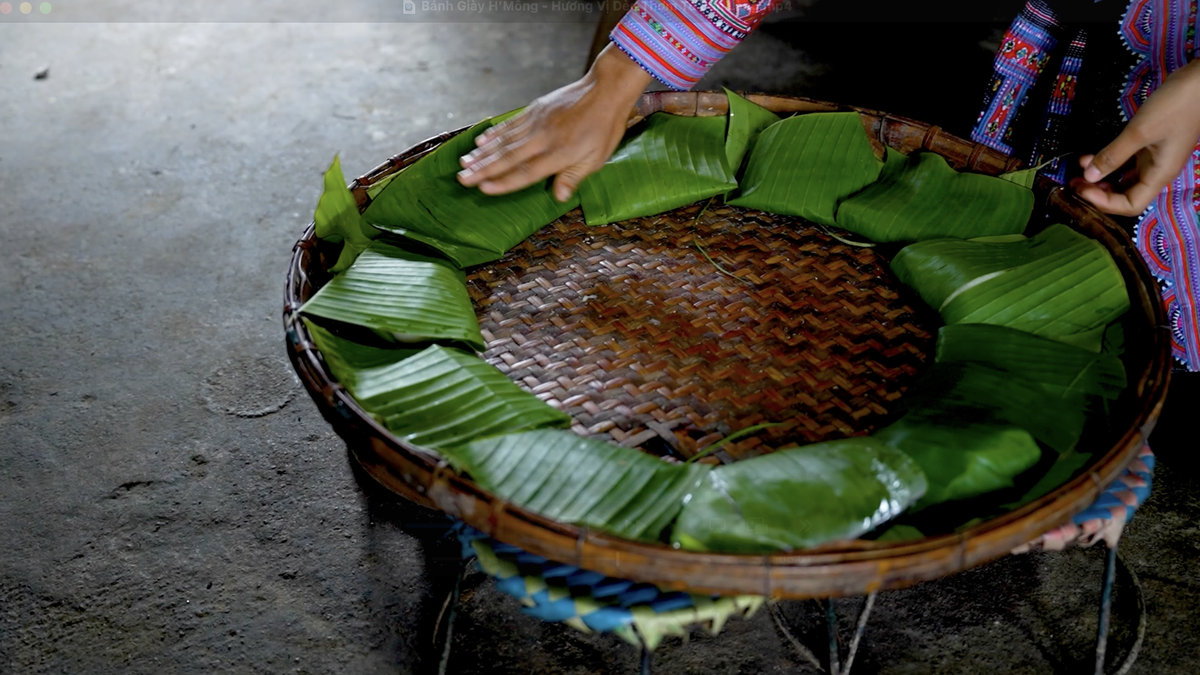

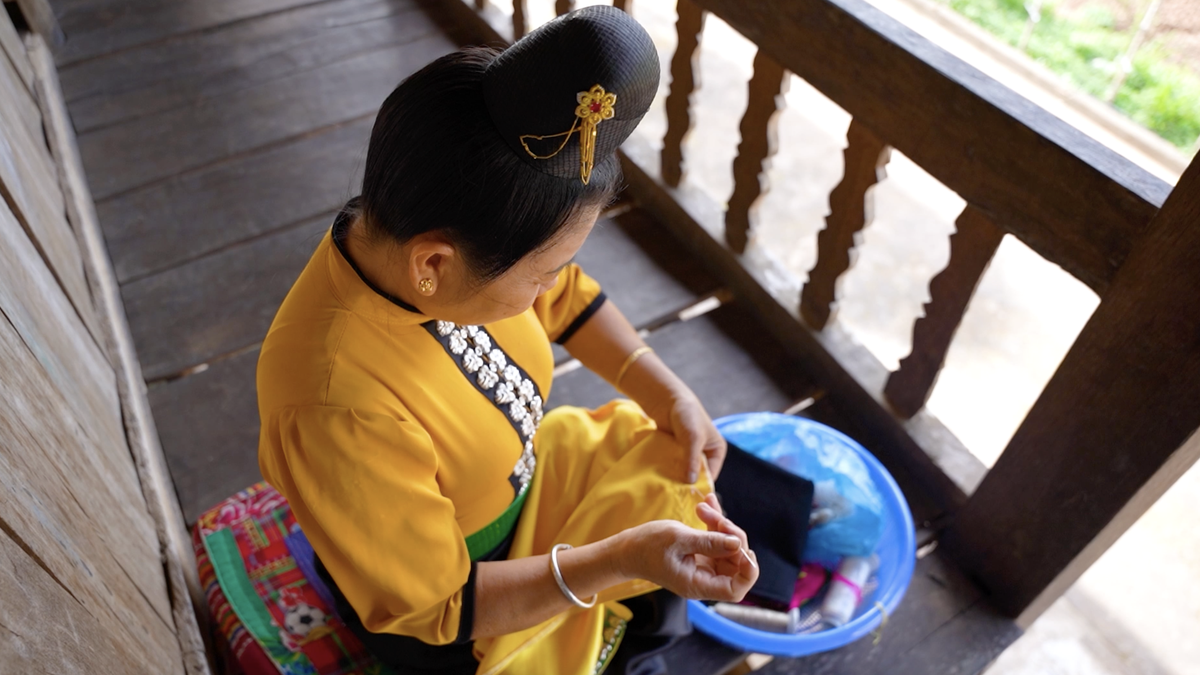

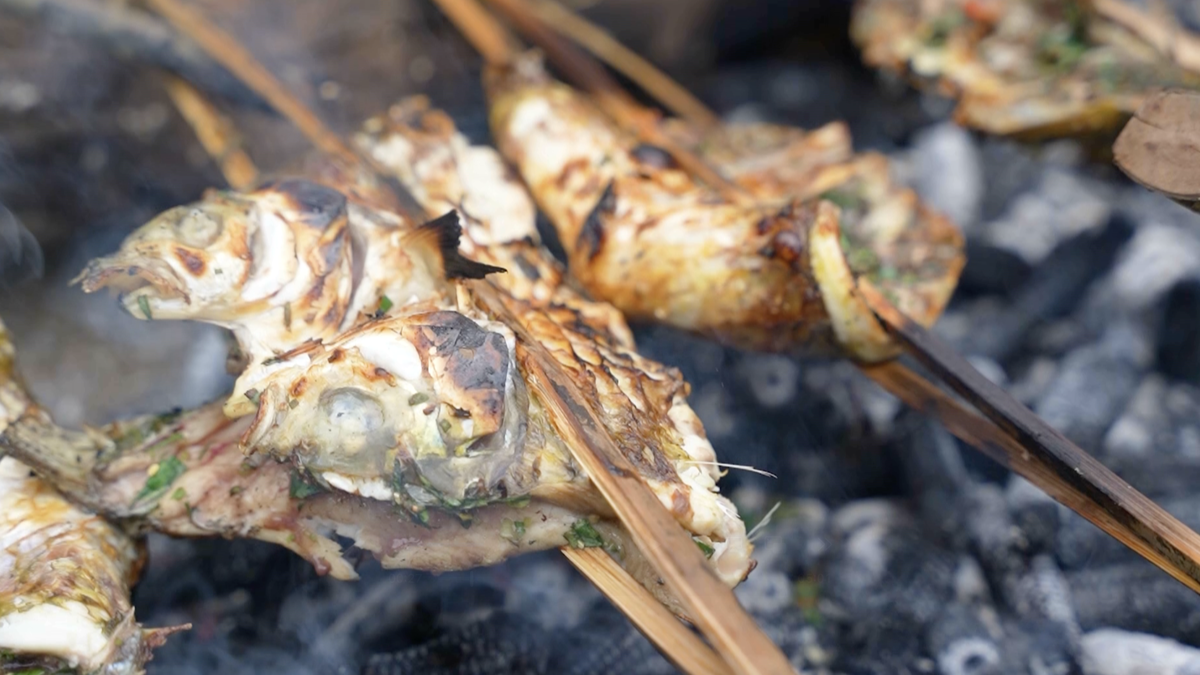
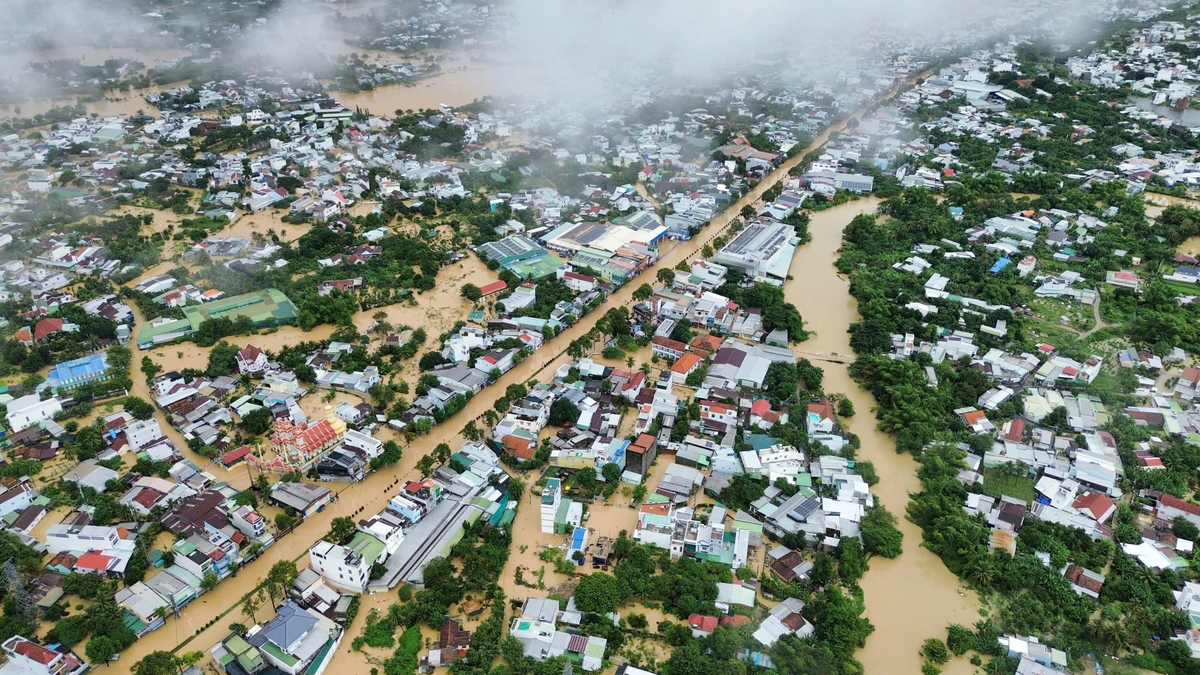


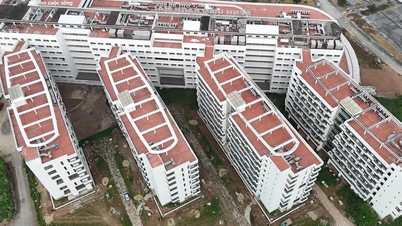

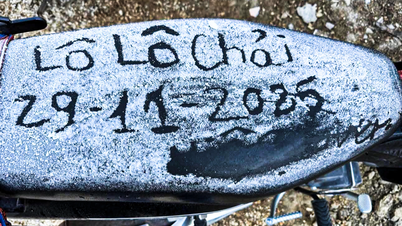













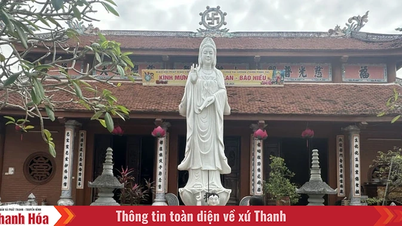

















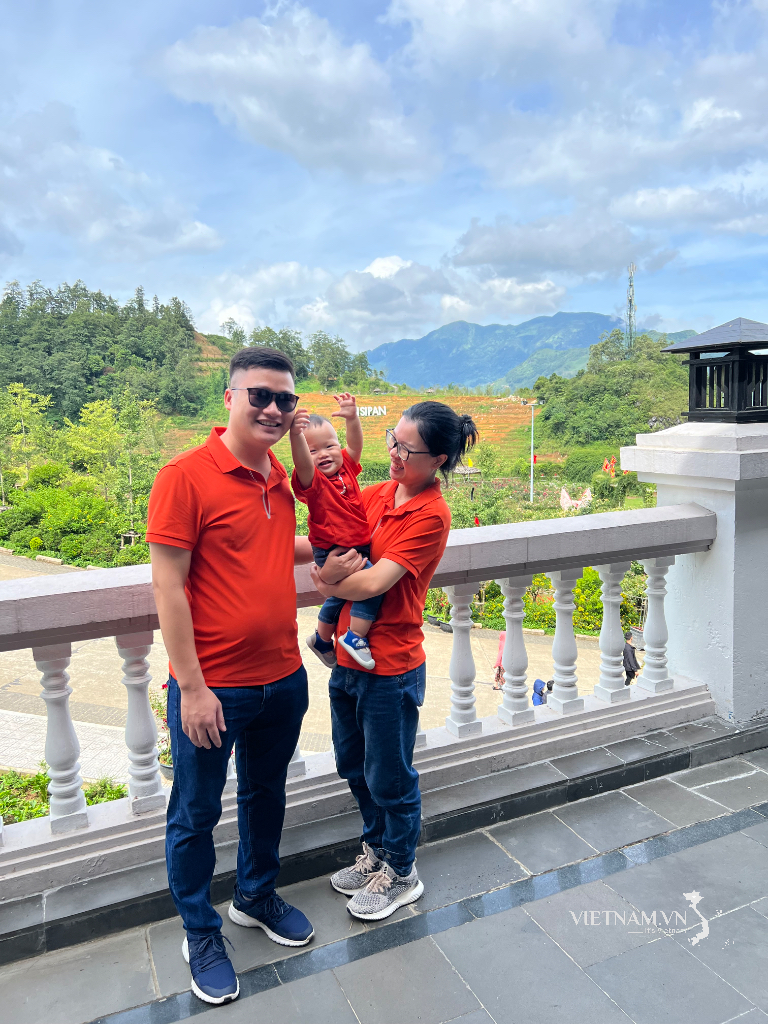
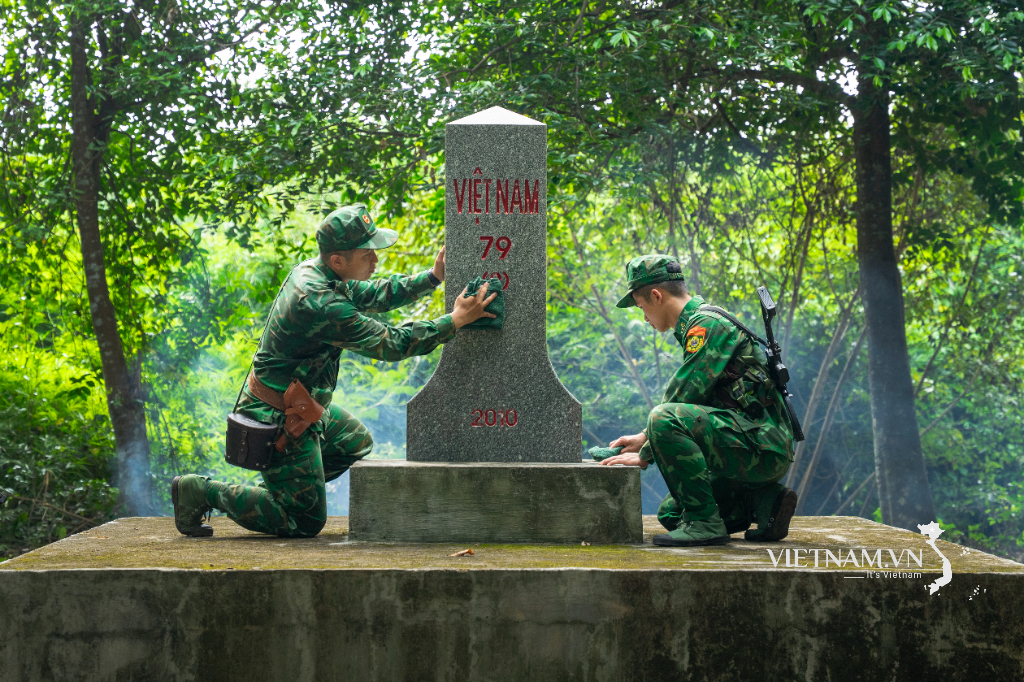


Comment (0)